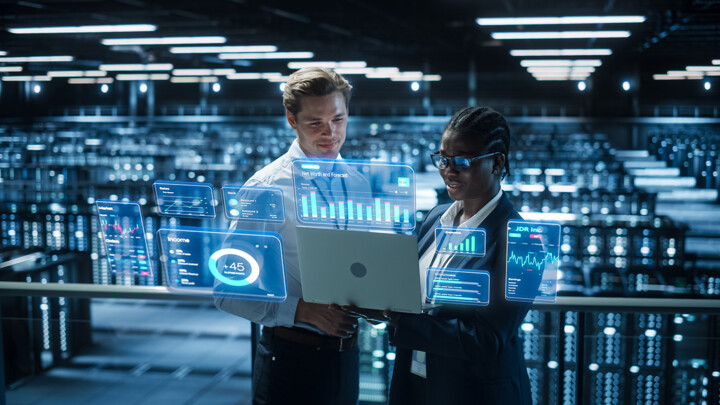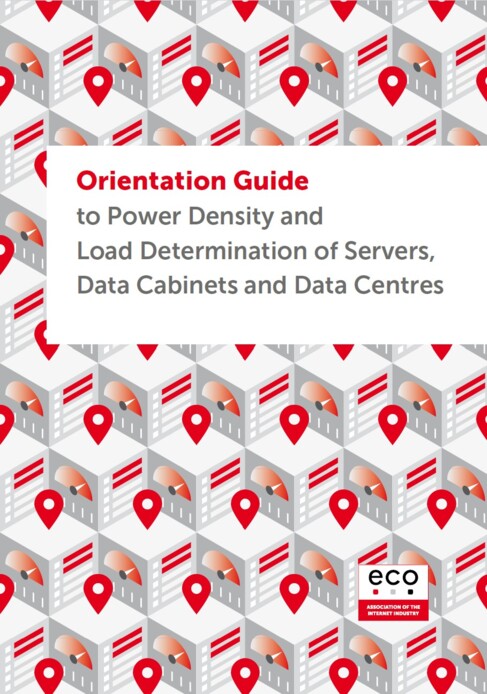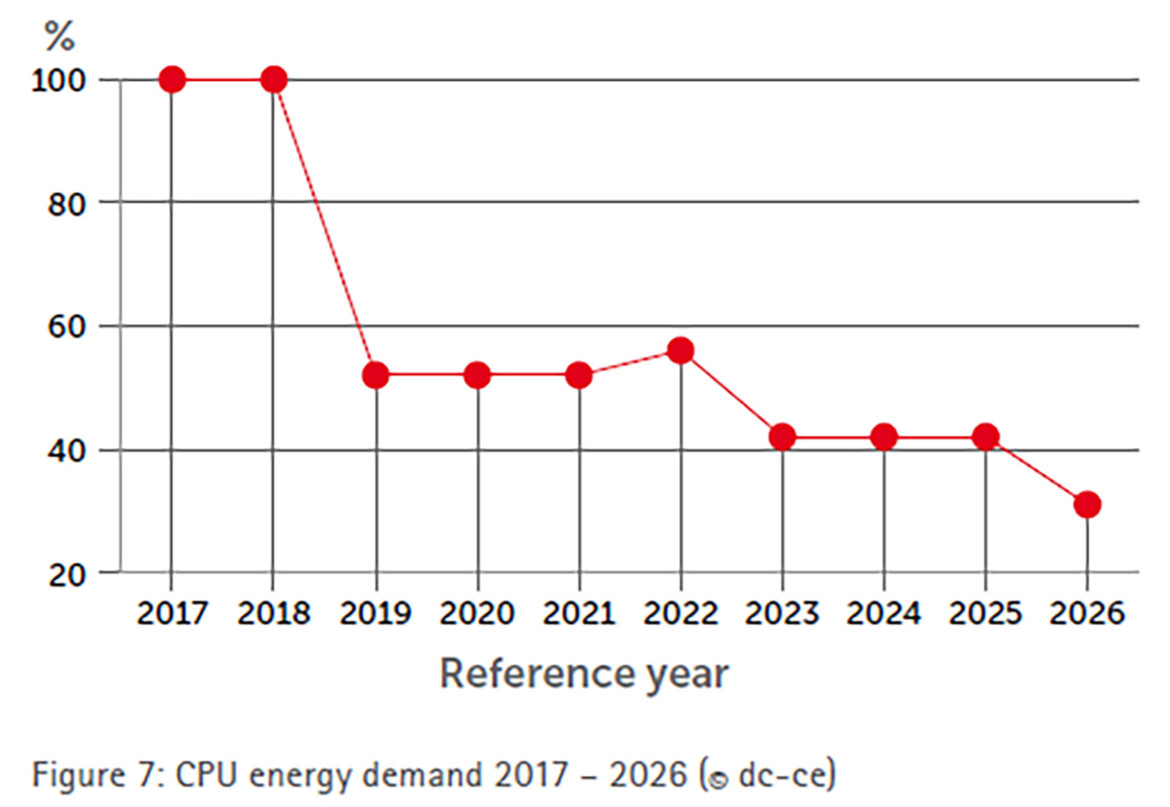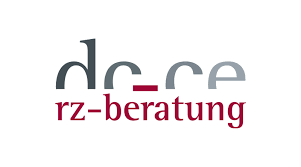Mindful Resource Management in Data Center Planning
Ulrich Terrahe, Managing Director of DC-Beratung GmbH Co. KG, on considering power density in designing and operating scalable and sustainable data centers.

©gorodenkoff | istockphoto.com

In today’s digital landscape, data centers serve as the backbone for virtually all online services. Behind every email, social media post, and cloud service lies a complex web of servers, cooling systems, and infrastructure – often hidden from view but critical to operations. Yet, for business decision-makers, the intricacies of how these data centers manage resources may seem daunting. In the white paper I co-authored with my colleague Peter auf dem Graben and Marcus Pump, SVA System Vertrieb Alexander GmbH, “Orientation Guide to Power Density and Load Determination of Servers, Data Cabinets, and Data Centers,” we aim to demystify this subject and provide a roadmap for building more efficient, scalable, and sustainable data centers.
Why power density matters
The white paper looks at power density; the amount of electrical energy required by each component in a data center. Understanding this is key to ensuring data centers are both cost-effective and efficient. Overestimating power needs can lead to wasted capacity and inflated costs, while underestimating can result in downtime and performance bottlenecks. For instance, as power requirements for servers have skyrocketed in recent years, modern racks can now demand anywhere from 5 to 25 kW of power, and in cases of high-performance computing (HPC), it can reach over 100 kW per rack.
Imagine a business building a data center only to find that the energy supply and cooling infrastructure are either overscaled or underscaled due to inaccurate power density projections. Such miscalculations can cost between €8,000 and €10,000 per kW of oversizing, significantly increasing operational costs. Conversely, failing to plan for future energy demands risks limiting growth and reducing flexibility in a rapidly changing technological environment.
Balancing supply and demand
Properly balancing supply and demand is essential for data center planning. Just as you wouldn’t oversize the plumbing in a building, you don’t want to overbuild your data center’s electrical and cooling systems. Overcapacity results in underutilized resources and waste, while undercapacity can lead to poor performance and service interruptions. The white paper outlines a five-step approach to achieving optimal balance, from analyzing current IT systems to forecasting future power needs.
A key takeaway: Data center capacity should be planned with the future in mind. Thanks to technological advances, the power demand of modern CPUs has significantly decreased – by 2026, a modern system will consume approximately 70% less energy than systems from 2017, despite maintaining the same workload. This progress highlights the importance of forward-thinking design that anticipates future technologies like AI, cloud computing, and IoT.

Responsible innovation and future-proofing design
As technology evolves, so too must the design of data centers. In our white paper, we stress the importance of integrating mindful resource management into data center planning. Business decision-makers must consider not only present requirements but also long-term trends and potential disruptions in the industry. New technologies, such as multi-core CPUs and GPUs for high-performance applications, are reshaping data center needs. For instance, GPU-based systems, essential for AI and big data applications, have different cooling and power demands compared to traditional servers.
Our guide empowers data center planners to design adaptable, scalable, and efficient spaces by using standardised methods and benchmarking. This approach ensures that data centers can evolve with the technological landscape, much like an orchard planned not just for this year's harvest but with a vision for the trees’ long-term health.
The rising costs of oversizing and undersizing
A critical challenge we highlight is that data centers are often significantly oversized, leading to wasted resources and inflated costs. The average cost for underutilized capacity can range between €8,000 and €10,000 per kW. This problem is exacerbated by the growth in the power needs of modern IT systems. With servers today demanding 5 to 30 kW per rack and specialized systems requiring over 100 kW, the traditional planning methods that worked in the past are no longer sufficient.

1 Typical IT loads in data centres
Effective planning, however, ensures that data centers operate efficiently while avoiding overbuilding. By properly aligning server power demands with infrastructure capacity, businesses can save significant costs and reduce their environmental impact. For example, a miscalculation that results in an extra 100 kW of installed capacity could cost a business up to €1.28 million in excess infrastructure.
Embrace a future-proof approach
The “Orientation Guide to Power Density and Load Determination of Servers, Data Cabinets, and Data Centres” is a valuable resource for any business involved in data centre planning or deployment. As companies face rising energy costs, stricter regulations (such as the German Energy Efficiency Act), and an increasing demand for sustainable solutions, this white paper provides the practical insights needed to create data centers that are not only efficient but also resilient in the face of future technological advances.
By taking a proactive, resource-conscious approach to data center planning, businesses can build digital foundations that are not only aligned with economic realities but are also environmentally sustainable.
Ulrich Terrahe is a respected figure in the data centre industry with extensive expertise in concept development as well as air conditioning and cooling technology for data centres. As founder and Managing Director of dc-ce DC-Beratung GmbH & Co KG, he plays a key role in shaping the planning and operation of data centres. Up until 2019, he organised the annual industry meeting ‘Future Thinking’ and launched the German Data Centre Award, which recognises innovations in the data centre industry. With more than 20 years of experience, Terrahe has been involved in projects of various sizes and was honoured with the Datacentre Award in 2007. His focus is on developing innovative solutions for data centres and integrating digital processes into data centre planning.
Please note: The opinions expressed in Industry Insights published by dotmagazine are the author’s or interview partner’s own and do not necessarily reflect the view of the publisher, eco – Association of the Internet Industry.




